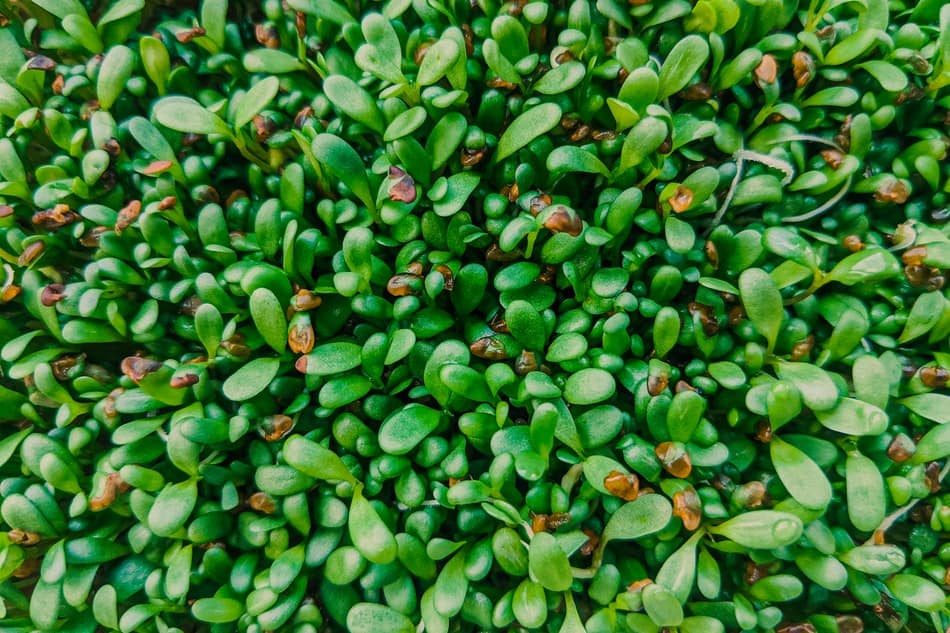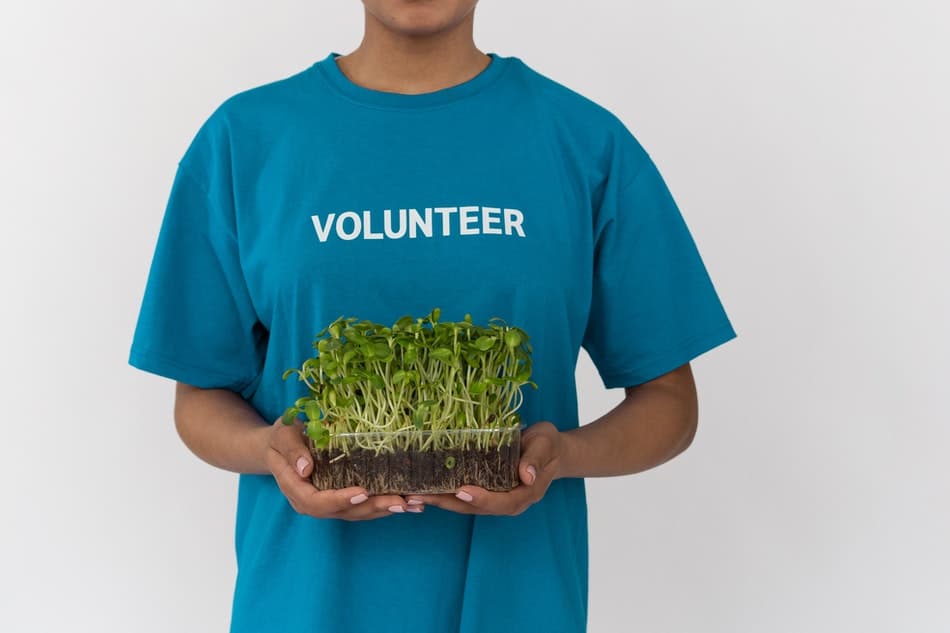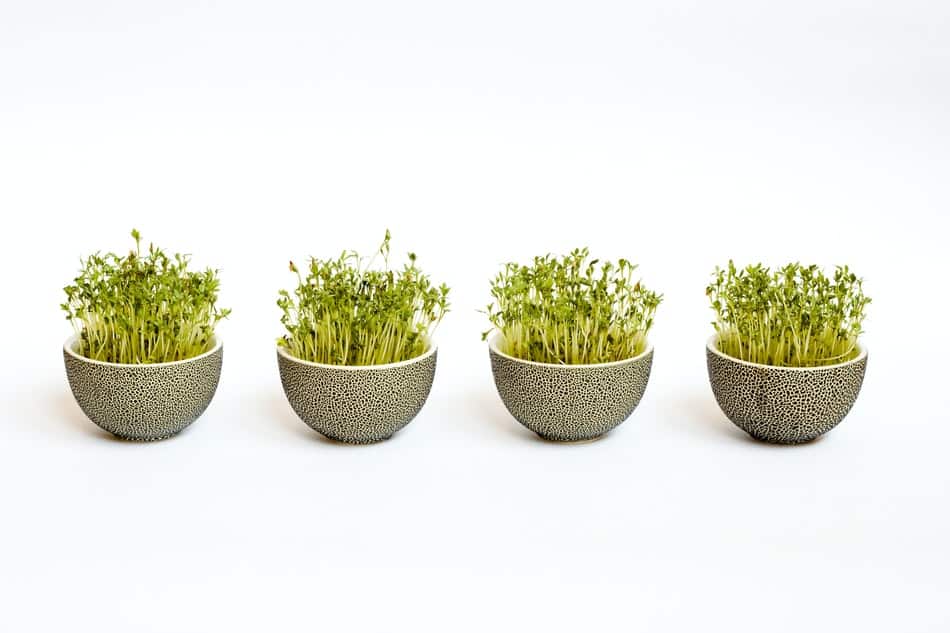Microgreens are all the rage these days. They’re a great way to get your daily dose of vitamins and minerals, how many microgreens do eat per day? In this article, I will discuss how many microgreens you should eat each day, as well as some of the health benefits associated with them.
Some people recommend eating one or two cups of microgreens per day, while others say that you can eat as much as you want. Ultimately, it depends on your personal preferences and dietary needs.
Benefits Of Microgreens
Microgreens are a nutritional powerhouse, providing more vitamins, minerals, and antioxidants than their mature plant counterparts. They’re also incredibly versatile and can be used in a variety of dishes, from salads to smoothies. Here are five benefits of microgreens that make them a superfood worth incorporating into your diet:
Microgreens Are Packed With Nutrients
One of the most impressive things about microgreens is their nutrient density. These tiny greens pack a powerful nutritional punch, containing higher levels of vitamins C, E, and K than mature plants. They’re also rich in carotenoids (antioxidants that have been linked to reduced risk of cancer and other chronic diseases) and phytochemicals (compounds that have protective and health-promoting effects).

Microgreens Can Give Your Dishes A Flavor Boost
If you’re looking for a way to add more flavor to your meals, microgreens are a great option. These greens can be used in place of traditional herbs like basil or cilantro, giving your dishes an extra zing. Microgreens can also be used as garnishes or added to salads for a pop of color and flavor.
Microgreens Are Easy To Grow At Home
You don’t need a green thumb to grow microgreens they’re one of the easiest plants to cultivate indoors. All you need is a container, some potting soil, and a little bit of water. Once you’ve got your microgreen setup, you can start harvesting in as little as two weeks.
Microgreens Are Versatile
Not sure what to do with microgreens? The possibilities are endless! These greens can be used in soups, sandwiches, and omelets—you name it. Get creative and experiment with different recipes to find new ways to incorporate microgreens into your diet.
Microgreens Are Good For The Environment
Because they’re grown indoors, microgreens require less water and energy than traditional crops. They also don’t need pesticides or other harmful chemicals to thrive, making them a more sustainable option. When you incorporate microgreens into your diet, you’re not just doing something good for your body—you’re also helping to protect the environment.
As you can see, there are many reasons to add microgreens to your diet. These tiny greens are packed with nutrients and offer a host of benefits that make them a superfood worth incorporating into your meals. So next time you’re at the grocery store, be sure to pick up some microgreens and give them a try! You might just be surprised at how delicious they are.

How Much Microgreens To Eat Per Day Is Good?
There’s no set answer to how much microgreens you should eat per day. It depends on your individual dietary needs and preferences. Just like with any other food, it’s best to listen to your body and eat when you’re hungry.
If you’re looking for a general guideline, aim to consume around one cup of microgreens per day. This amount will ensure that you’re getting all the important nutrients and antioxidants that these little powerhouses have to offer. You can eat them raw, in a salad, or cooked in a dish – however you like! Just make sure to wash them thoroughly first.
What Is The Best Way To Eat Microgreens?
There are many different ways that you can incorporate microgreens into your diet. Some people like to eat them raw, while others prefer to cook them. There are also a variety of recipes that you can use to make microgreens more palatable.
One of the best ways to eat microgreens is by adding them to salads. This way, you can get all of the nutrients and benefits of the greens without having to eat them plain. You can also add microgreens to sandwiches or wraps for a quick and easy meal. Another great way to eat microgreens is by juicing them. This helps to extract all of the nutrients from the greens and makes them easier to consume. If you don’t like the taste of microgreens, you can also add them to smoothies or soups.
No matter how you choose to eat them, microgreens are a great way to get your daily dose of vitamins and minerals. So start incorporating them into your diet today!
Which Microgreens Should Not Be Eaten?
Some microgreens are more bitter than others. For example, arugula and radish microgreens can have a sharp flavor that is not always pleasant. If you are unsure about whether or not a certain microgreen is edible, it is best to err on the side of caution and not eat it. When in doubt, consult with a knowledgeable source such as a farmer or gardening expert.
In general, avoid eating any microgreen that looks wilted, discolored, or otherwise unhealthy. It is also important to make sure that the greens you do eat are properly washed before consuming them. Eating unwashed microgreens can lead to stomach upset and other health problems.
When it comes to choosing which microgreens to eat, it is best to err on the side of caution. If you are unsure about a certain green, consult with a knowledgeable source before consuming it. Make sure to wash all greens thoroughly before eating them, and avoid eating any that look wilted or unhealthy. By following these simple guidelines, you can enjoy microgreens safely and without incident.
Bottom Line
If you’re looking for a simple way to boost your nutrient intake, then consider adding microgreens to your diet. While there’s no definitive answer as to how much you should eat per day, the consensus is that around one ounce is a good starting point. So go ahead and give them a try – your body will thank you for it!
Related Articles

